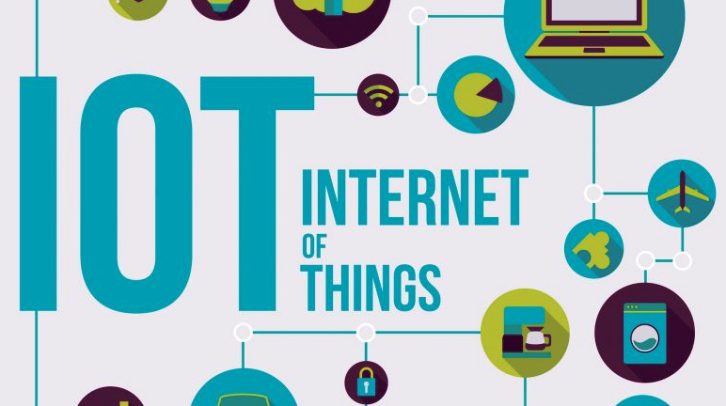Mumbai: Gartner forecasts that the enterprise and automotive Internet of Things (IoT) market will grow to 5.8 billion endpoints in 2020, a 21% increase from 2019. By the end of 2019, 4.8 billion endpoints are expected to be in use, up 21.5% from 2018.
Utilities will be the highest user of IoT endpoints, totaling 1.17 billion endpoints in 2019, and increasing 17% in 2020 to reach 1.37 billion endpoints.
“Electricity smart metering, both residential and commercial will boost the adoption of IoT among utilities,” said Peter Middleton, Senior Research Director – Gartner.
“Physical security, where building intruder detection and indoor surveillance use cases will drive volume, will be the second largest user of IoT endpoints in 2020,” added Middleton.
Building automation, driven by connected lighting devices, will be the segment with the largest growth rate in 2020 (42%), followed by automotive and healthcare, which are forecast to grow 31% and 29% in 2020, respectively (see Table 1).
Table 1 : IoT Endpoint Market by Segment, 2018-2020, Worldwide (Installed Base, Billions of Units)
| Segment | 2018 | 2019 | 2020 |
| Utilities | 0.98 | 1.17 | 1.37 |
| Government | 0.40 | 0.53 | 0.70 |
| Building Automation | 0.23 | 0.31 | 0.44 |
| Physical Security | 0.83 | 0.95 | 1.09 |
| Manufacturing & Natural Resources | 0.33 | 0.40 | 0.49 |
| Automotive | 0.27 | 0.36 | 0.47 |
| Healthcare Providers | 0.21 | 0.28 | 0.36 |
| Retail & Wholesale Trade | 0.29 | 0.36 | 0.44 |
| Information | 0.37 | 0.37 | 0.37 |
| Transportation | 0.06 | 0.07 | 0.08 |
| Total | 3.96 | 4.81 | 5.81 |
Source: Gartner (August 2019)
In healthcare, chronic condition monitoring will drive the most IoT endpoints, while in automotive, cars with embedded IoT connectivity will be supplemented by a range of add-on devices to accomplish specific tasks, such as fleet management.
Top Use-Case Opportunities Vary by Region
Similar to 2019, residential electricity smart metering, which can be used for more accurate metering and billing in the home, will be the top use case for Greater China and Western Europe in 2020, and will represent 26% and 12% of total IoT endpoints, respectively. North America, in comparison, will see its highest IoT endpoint adoption in building intruder detection, such as door and window sensors, which will represent 8% of total IoT endpoints.
North America and Greater China Have the Biggest Market for Endpoint Electronics Revenue
In 2020, revenue from endpoint electronics will total $389 billion globally and will be concentrated over three regions: North America, Greater China and Western Europe. These three regions will represent 75% of the overall endpoint electronics revenue. North America will record $120 billion, Great China will achieve $91 billion and Western Europe will come in third totaling $82 billion in 2020.
In 2020, the two use cases that will produce the most endpoint electronics revenue will be consumer connected cars and networkable printing and photocopying, totaling $72 billion and $38 billion, respectively.
Connected cars will retain a significant portion of the total endpoint electronics spending resulting from increasing electronics complexity and manufacturers implementing connectivity in a greater percentage of their vehicle production moving forward.
While printers and photocopiers will contribute significant spending in 2020, the market will decline slowly and other use cases such as indoor surveillance will rise as governments focus on public safety.
“Overall, end users will need to prepare to address an environment where the business units will increasingly buy IoT-enabled assets without policies for support, data ownership or integration into existing business applications,” said Alfonso Velosa, Research VP – Gartner.
This will require the CIO’s team to start developing a policy and architecture-based approach to support business units’ objectives, while protecting the organization from data threats.
“Product managers will need to deliver but also to clearly and loudly communicate their IoT-based business value to specific verticals and their business processes, if they are to succeed in this crowded arena,” concluded Velosa.
(Image credit – Channelfuture)

